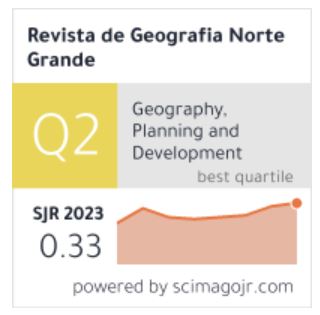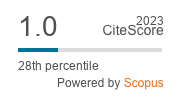Secuencia estratigráfica de las paleodunas y paleosuelos de Ventanas II en la costa de Chile Central (32º) y su implicancia paleoclimática
Palabras clave:
Pleistoceno superior, paleodunas, paleosuelos, paleogeografía, paleoambiente y vientos del Oeste.Resumen
La costa de Chile central mantiene un amplio registro sedimentario eólico con un potencial como registro paleoambiental que ha permanecido sin mayor atención. En la ensenada de Quintero (32ºS) sector de Ventanas se han descrito campos de paleodunas extensos con una estratigrafía que incluye secuencias de arenas intercalas con paleosuelo, actualmente desconociendo el detalle de la morfogénesis y pedogénesis de estos registros y su significado paleoambiental. El objetivo de este trabajo es determinar las características sedimentológicas y pedogénicas, y las respectivas implicancias paleoambientales del sitio estratigráfico Ventanas II. Se aplican descripciones sedimentológicas, análisis de laboratorio, estadísticas y ambiente depositacional para reconocer facies sedimentarias e intensidad pedogenética. Se identificaron 13 unidades sedimentarias, clasificadas en cuatro facies: paleodunas, paleosuelos, paleohumedal y paleoplaya. Las unidades inferiores de la secuencia corresponden a un ambiente de humedal costero y playa, mientras que las unidades superiores a cinco paleosuelos intercalados con paleodunas, denotando un cambio en la paleogeografía dentro de la secuencia estratigráfica. La unidad 13 hacia la base es un paleosuelo desarrollado sobre material retrabajado de la Formación Horcón. Los paleosuelos y las paleodunas sugieren condiciones similares y recurrentes de humedad y sequía, respectivamente, causados por la migración latitudinal de los vientos del oeste durante el último periodo glacial en Chile central.
Descargas
Descargas
Publicado
Cómo citar
Número
Sección
Licencia
Derechos de autor 2023 Revista de Geografía Norte Grande

Esta obra está bajo una licencia internacional Creative Commons Atribución 4.0.







